What Types of Deck Railing are Best for Your Home?
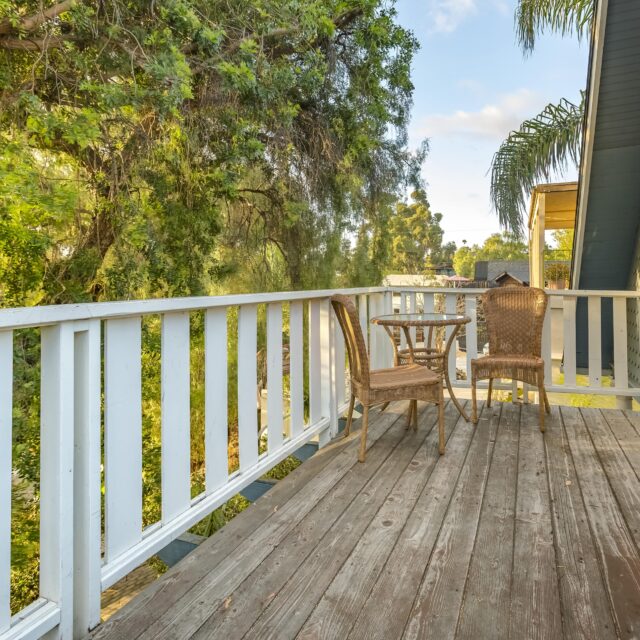
- Written by: jlbmdev

Picture this: you’ve built your dream deck. It has different levels of seating areas and a fire pit, it’s made from a material that is low-maintenance but can handle the elements, and it gives you the indoor/outdoor living experience you’ve always wanted. Is anything missing? Oh yes, the railings!
Railings are a section of a deck that can often be overlooked. But they shouldn’t be. Railings not only provide a safety feature but they’re an essential part of a deck. In fact, most areas have building codes that require deck railings for safety reasons.
In the following, we’ll discuss the different types of deck railings, all the styles they come in, and what factors you need to consider when picking your railings.
You might ask yourself, “Aren’t all deck railings the same?” And the answer to that question is no, they aren’t all the same — there are many different material options you can choose from.
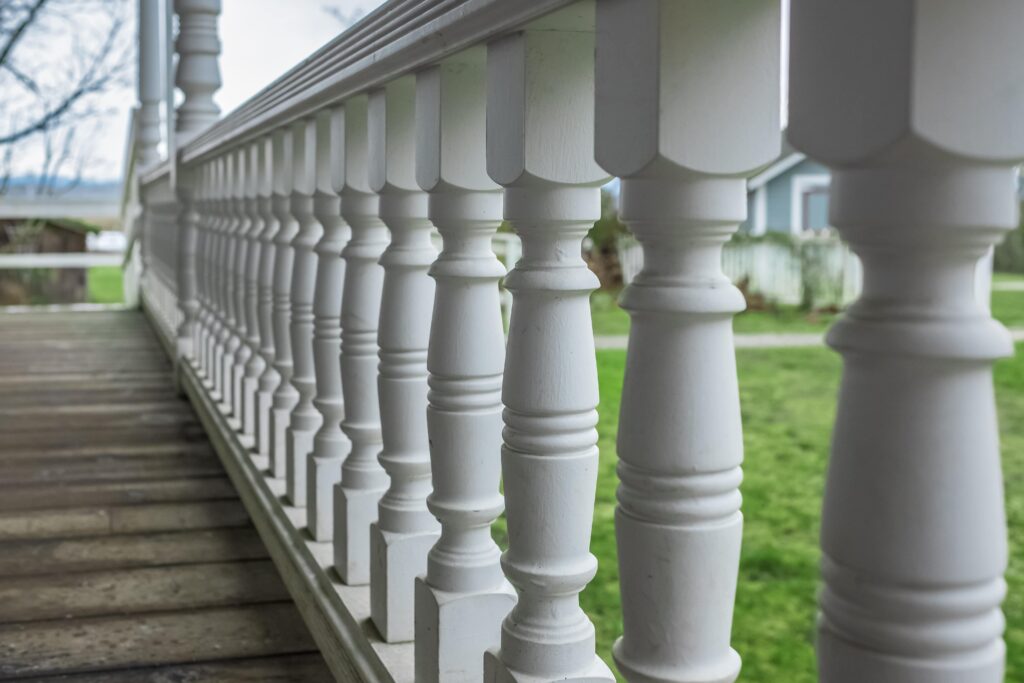
Wood is a versatile material that can be customized by staining or painting to match your deck or house. Common materials are cedar, redwood, and pressure-treated pine. A benefit to using a wood railing is they’re easier to repair or restyle.
Wood railings are susceptible to weathering and can be higher maintenance than other materials. It might be harder to find wood due to materials shortage and if you do find some, the price could be higher.
Composite railings are made from a mix of wood fibers and plastic, making them resistant to rot and insects. They can be made of a solid material or be hollow. Solid composite railings are sturdier and less likely to bow over time. They also absorb sound better.
Hollow pieces have many of the same benefits as solid pieces (strength/durability); however, with the inside being hollow, water can collect there and they become more susceptible to mildew.
If properly taken care of, composite deck railings are low-maintenance and come in a variety of colors and styles so it’s easy to get a custom look for your house. However, they’re harder to repair if they get damaged.
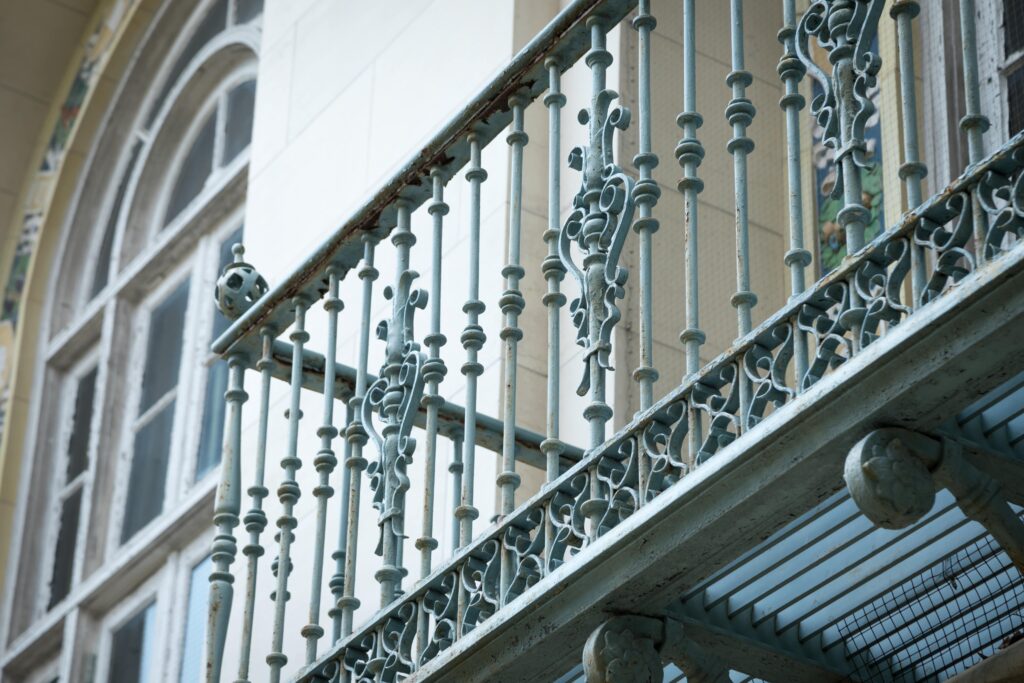
Metal railings are durable, long-lasting options. However, the maintenance level can be higher depending on what metal you choose so make sure to research your options carefully to find the best fit for your home.
Steel
Steel railings are a long-lasting and durable option to use on your deck. The biggest drawback is that they can rust.
Consequently, steel railings have a high maintenance level. They’ll need to be weather-proofed to keep from rusting or being damaged by the elements.
Aluminum
Using aluminum railings means that you’re picking a product that won’t rust, is inexpensive to use, and is durable. However, if you use one that is coated be aware that it can scratch easily.
A nice feature of aluminum railings is the maintenance level is minimal. They can be easily cleaned using soap and water and are best for avoiding rust and corrosion.
Wrought Iron
An easy way to have a customized railing is to use wrought iron. It can be formed into many different shapes and patterns so you can get the exact look you want for your home. It’s also a durable option.
However, wrought iron railings also have a high maintenance level. While they can be painted, these railings need frequent touch-ups to keep them looking well-kept. They also rust easily so you’ll have to keep up with that, too.
PVC can be used as a covering over metal or wood railings. These railings have a smoother finish so they don’t have a wood-like texture. They’re a durable and affordable option. Typically PVC is a lower maintenance railing type since it’s easy to wipe down and not prone to staining or mildew.
Cable railings have thin metal cables strung between the posts, which give a modern look. It also gives an unobstructed view of your property.
This can be a more expensive option and there could be local regulations prohibiting it, so check your local ordinances before installation begins. However, it’s a lower maintenance option and can handle any weather type.
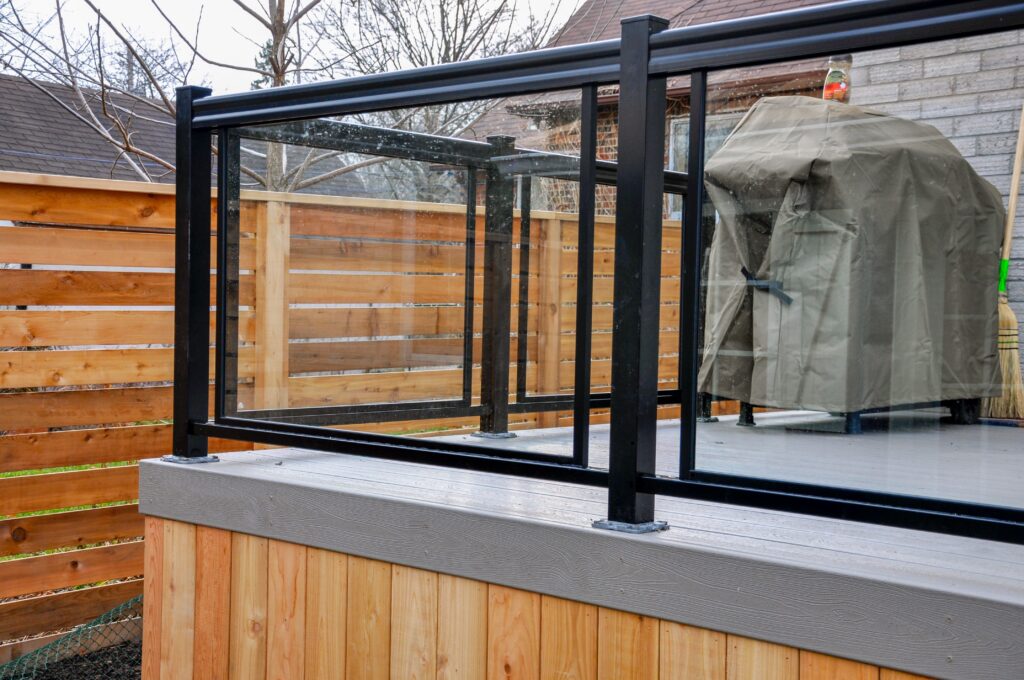
Glass railings offer an unobstructed view of your outdoor space, especially if you’re near water.
Depending on location, it could be easily broken in bad weather and if you’re in a sunny location, it could heat a deck to a high temperature. The maintenance is higher with a glass railing since the glass would need to be cleaned more.

With all these different types of deck railings, you can take them and create your deck style.
Traditional
This style features a classic design with straight vertical balusters and a top rail.
Modern
Modern deck railings are sleek and minimalistic, often featuring clean, horizontal lines with metal accents.
Rustic
Rustic railings are made from natural materials like wood or metal and usually have a weathered, or textured appearance.
Coastal
Coastal railings typically feature a nautical or beach theme, with lighter colors and natural elements.
Curved
Curved railings are designed to follow the contours of your deck, adding a unique design element.
Now that you know the different types of deck railings and all the styles they come in, now comes the hard part—deciding which one is right for your home.
You need to consider your location and weather zone, when you’re picking out your deck railings. What works in one location might not be suitable for another.
For example, metal can get corroded quicker if in a coastal region due to saltwater. Or while glass is great for coastal locations since it won’t obstruct a view, it may not be as good in a wooded area where there can be falling debris.
Determine how much maintenance each type of deck railing needs and see what fits your lifestyle. If you don’t mind cleaning, repainting, or doing repairs every few years, then wood or glass might be a better choice.
If you would rather put it up than forget about it, then something low maintenance, like composite or metal, might be better.
See what matches your home. You want your home to have curb appeal and you don’t want the railings to be a different style.
You want your home to be safe for everyone who lives there and comes to visit. Take a look at your lifestyle and environment and see how you live.
As mentioned above, if you live in a wooded area with many trees, a glass railing might not be the best since it can break and leave pieces of glass or sharp edges that people could hurt themselves on.
If you have younger children or pets, that can help you determine what deck railing type would be the safest to use. If you have a glass railing, you’ll have to make sure no one could run into the glass and hurt themselves.
Another safety area you’ll have to watch out for is the railing’s condition. For example, if there is rust on a metal railing or different sections could’ve disintegrated, leaving sharp spikes that could seriously hurt someone.
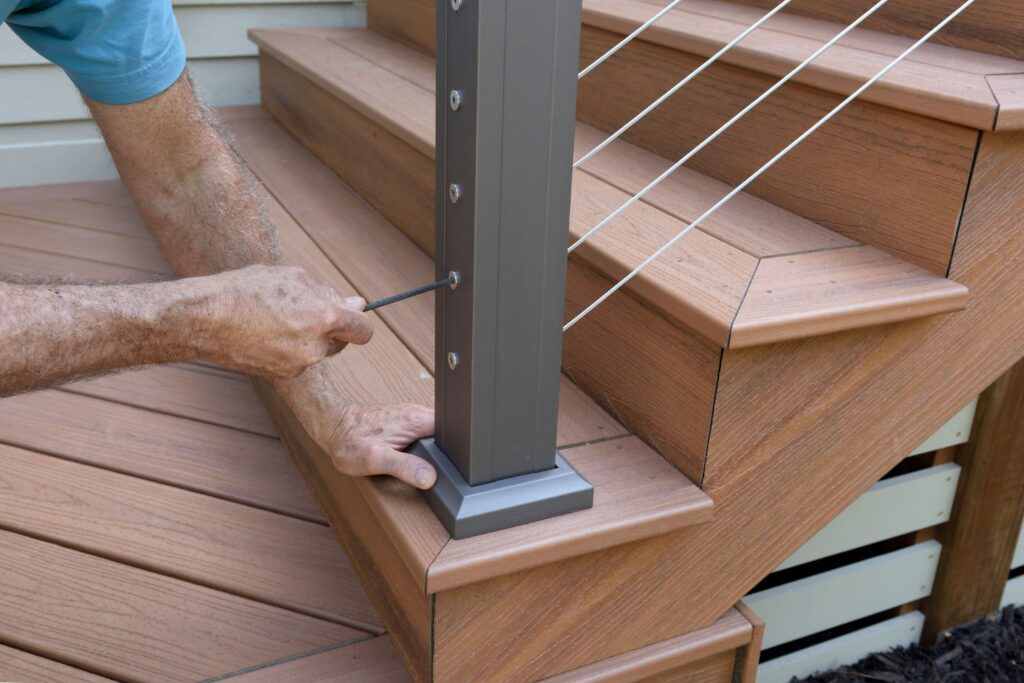
Building a deck is an investment in your home that adds to the curb appeal and gives you some valuable outdoor living space.
Different types of deck railings can change the aesthetics of your deck as well as its functionality. While there are still materials shortages, the experts at J&L Building Materials can help you find the right railing for your deck.